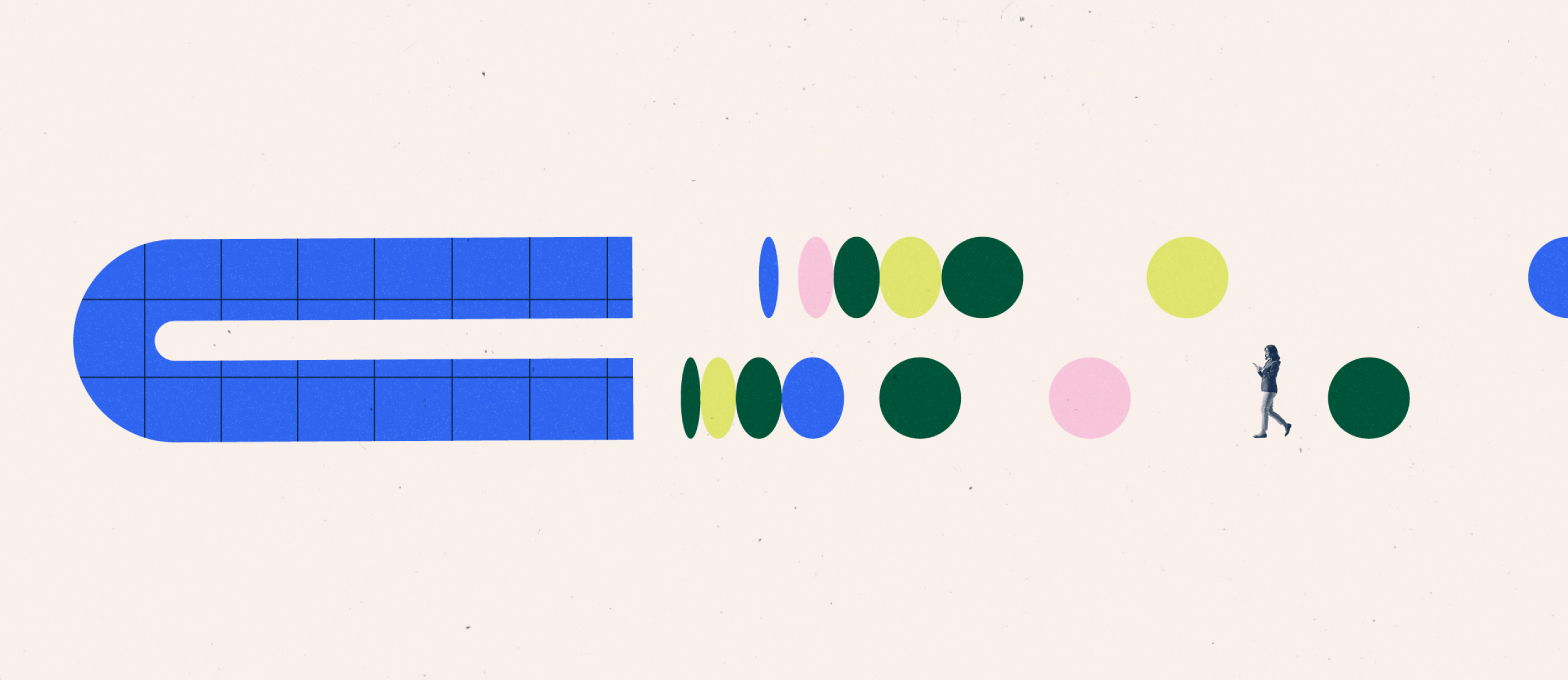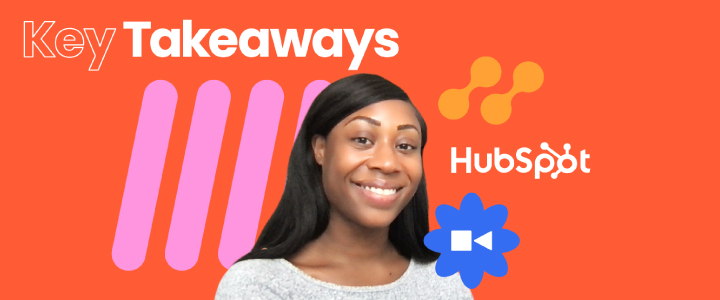
5 min reading time
How to Improve Customer Retention: Top Training Methods and Strategies
Losing a customer is never fun—and sometimes it’s just inevitable. Whether they weren’t the right fit for your business or didn’t understand the value of your product, customer attrition happens. But here’s the good news: many of the reasons behind churn are completely preventable.
Every business wants to improve customer retention and lower churn, and the key often lies in addressing these preventable factors. In this post, we’ll walk you through how to identify pain points in your customers’ journey and show you how the right training can make all the difference in keeping your customers around for the long haul.
Identify pain points that impact your customer retention rate
Before we jump in, let’s break down what we mean by pain points and how they’re impacting your retention rate. You might hear them referred to as friction or problem points, but the idea is the same. QuickSprout defines friction as:
“Any variable, website quality, or user behavior trend that is slowing down (or entirely halting) the progression of your company’s sales cycle.”
Friction can pop up at any stage of the customer lifecycle and for a variety of reasons. By digging into the patterns in your customers’ journey, you’ll start to spot where the same problems keep coming up. Identifying and understanding these pain points is key to improving retention because it allows you to tackle the root causes head-on.
Training methods and strategies for improving customer retention
Identify where your customers are struggling
No matter how great your product is, if customers are hitting roadblocks, they won’t stick around. That’s why understanding where and why they’re struggling is critical to improving retention. The key is data—and lots of it.
Start by diving deep into customer behavior data from your CRM, support tickets, and any other customer management tools you have at your disposal. What patterns can you spot? Are users dropping off at a specific feature? Are certain onboarding steps taking longer than expected? Identifying these recurring pain points gives you a roadmap for where to focus your training efforts.
Don’t forget to look at how current customers are using your product, too. Analyzing usage patterns can highlight areas where they’re disengaging or underutilizing key features. Once you’ve nailed down the trouble spots, you can design training programs that tackle those specific issues head-on—whether it’s a step-by-step guide, a video walkthrough, or a dedicated onboarding session.
The more precisely you address these challenges, the more empowered your customers will feel—and the more likely they’ll stay loyal.
Investigate what’s happening in the customer journey
Your customer-facing teams are a goldmine of insight. They’re on the front lines every day, talking to customers, solving their problems, and spotting where things go wrong. Support, Success, Sales, and Marketing all have firsthand knowledge of where customers are struggling—so use that to your advantage.
Start by gathering insights from these teams. What are they hearing repeatedly? Are there common frustrations or recurring questions? This information is invaluable because it helps you see the experience from your customers’ point of view.
But don’t stop there—go directly to the source. Survey or interview customers who are at risk of churning. Get to the heart of what’s negatively impacting their journey. You might find that some issues are more complex, but many are surprisingly simple to fix with the right training. One of the most frequent complaints is customers not knowing how to use your product effectively, or feeling unsupported as they try to learn.
This is where good customer training becomes your secret weapon. By planning training that specifically targets these friction points—whether it’s a knowledge gap or a feature that’s underutilized—you can give customers the tools and confidence they need to succeed. And when customers feel empowered, they’re far more likely to stick around.
Build a Customer University (a well-proven strategy for retention)
Think of a customer university as the ultimate hub for customer education—a branded training portal that houses all the resources your customers need to master your product. From comprehensive training courses to certifications, it’s a one-stop shop designed to equip your users with the knowledge and confidence they need to succeed. And when customers feel confident, retention soars.
The beauty of a customer university lies in its flexibility. You can create a range of courses to fit specific needs, whether that’s reducing support queries by offering FAQ-style courses or providing in-depth product tutorials. Want to test their knowledge? Include quizzes and exams to reinforce learning and ensure customers are retaining important information.
For an extra layer of engagement, consider adding gamification elements—think badges, rewards, or progress tracking. Not only does this make the learning process more enjoyable, but it also increases motivation and completion rates. The more invested your customers are in learning, the more likely they are to stay engaged with your product.
At LearnUpon, we’ve seen firsthand how effective a customer university can be. From the moment new customers sign up, they’re enrolled in LearnUpon University, where they receive the essential training needed to get the most out of our platform. The result? Higher engagement, lower churn, and more satisfied customers.
Roll out and test your customer training
Creating a customer training program is just the first step—the real impact comes from how you roll it out and continuously optimize it. Once your training is live, it’s critical to track how well it’s working. Dive into customer training reports to understand how training is influencing engagement. Are customers using your product more effectively? Are they more confident navigating key features?
Quiz and exam results are another excellent indicator of where knowledge gaps might still exist. If certain areas consistently trip up your customers, it’s a signal that the training materials might need tweaking. By analyzing this data, you can refine your courses to ensure they’re hitting the mark.
But the numbers only tell part of the story. To truly understand the impact of your training, gather feedback directly from your customers—both active users and those who’ve churned. What’s working for them? Where are they still struggling? These insights are invaluable for fine-tuning your training program to address lingering pain points and prevent further churn.
The process doesn’t stop there—customer needs evolve, and so should your training. Continuously refining and testing your training materials ensures that they stay relevant and continue delivering value long after the initial rollout.
Your next steps to improving customer retention
Investing in customer training isn’t just a nice-to-have—it’s one of the most powerful ways to drive retention and build loyalty. By identifying pain points, leveraging insights from your teams and customers, and building a robust customer university, you’re setting your customers up for success. And when your customers succeed, they stick around.
But this is just the beginning. If you’re ready to take your customer training to the next level, download our eBook, “How to Build a Customer Training Academy That Drives Results,” and discover the step-by-step strategies for creating a training program that boosts retention, reduces churn, and delivers lasting value.




